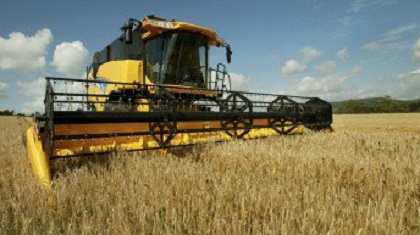A positive outlook for global cereal production in 2016, together with abundant stocks, points to a generally comfortable supply and demand balance in 2016/17.
In 2016, world cereal production is set to increase by 1.5 percent, or 38 million tonnes, to hit a new record of 2 569 million tonnes, topping by at least 5.5 million tonnes the preceding peak of 2014. The current FAO forecast is over 3 million tonnes higher than projected in September, with most of the upward revisions concerning wheat and rice.
World wheat production in 2016 is expected to exceed the 2015 record by 1.2 percent, underpinned by output increases in India, the Russian Federation and the United States. Similarly, global rice production is forecast to grow by 1.3 percent, to an all-time high, driven by recoveries in Asia, as well as by gains in Africa and North America. Global production of coarse grains is set to rebound by 1.8 percent from last year’s reduced level, mostly reflecting prospects for record maize crops in the United States, Argentina and India.
Global cereal utilization in 2016/17 is projected to expand by 1.6 percent to 2 560 million tonnes, with feed usage, in particular, seen increasing by 2.7 percent in 2016/17, amid large supplies of maize and low quality wheat. In spite of the projected year-on-year growth in total cereal utilization, the rise in world cereal production in 2016 would still result in an increase in the level of global cereal inventories. All would be in the form of wheat, as ending inventories of coarse grains and rice are anticipated to slide below their opening levels.
Although the world-stock-to-use ratios for wheat, coarse grains and rice are all estimated to decline somewhat in 2016/17, export availabilities are predicted to remain ample. This is particularly the case for coarse grains, which are likely to face a decline in import demand in 2016/17
Sh. Kh.

